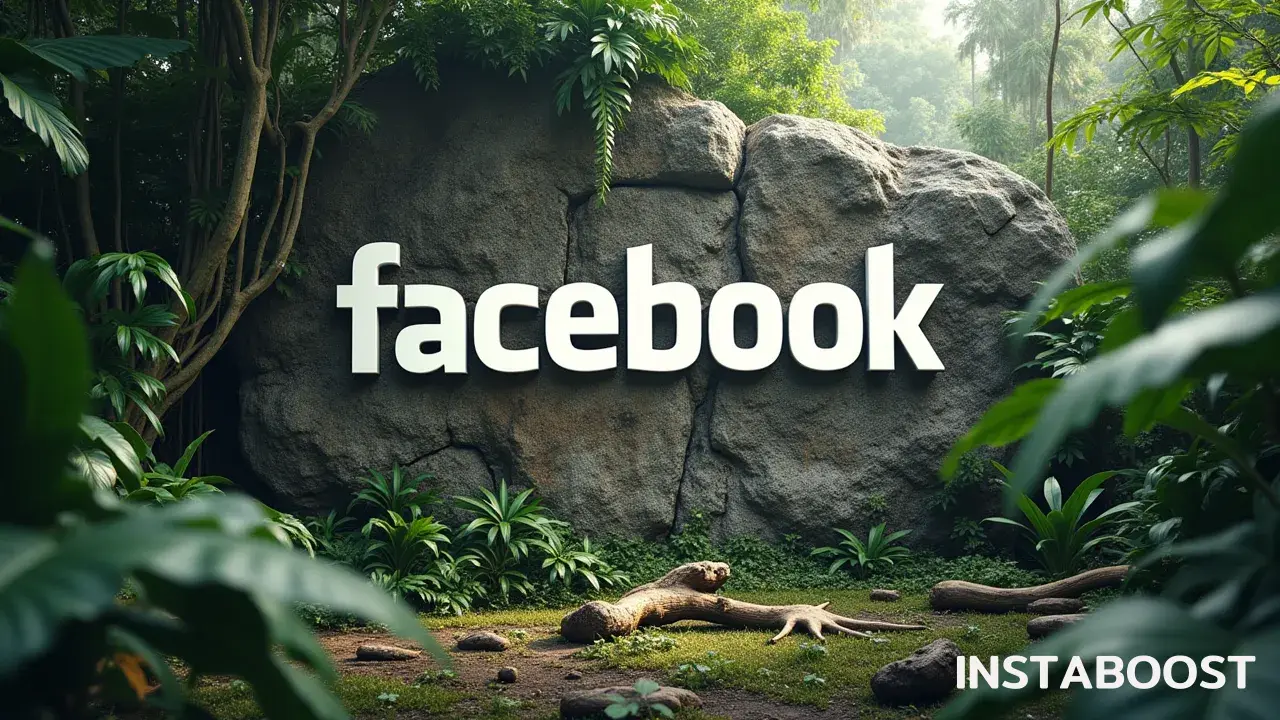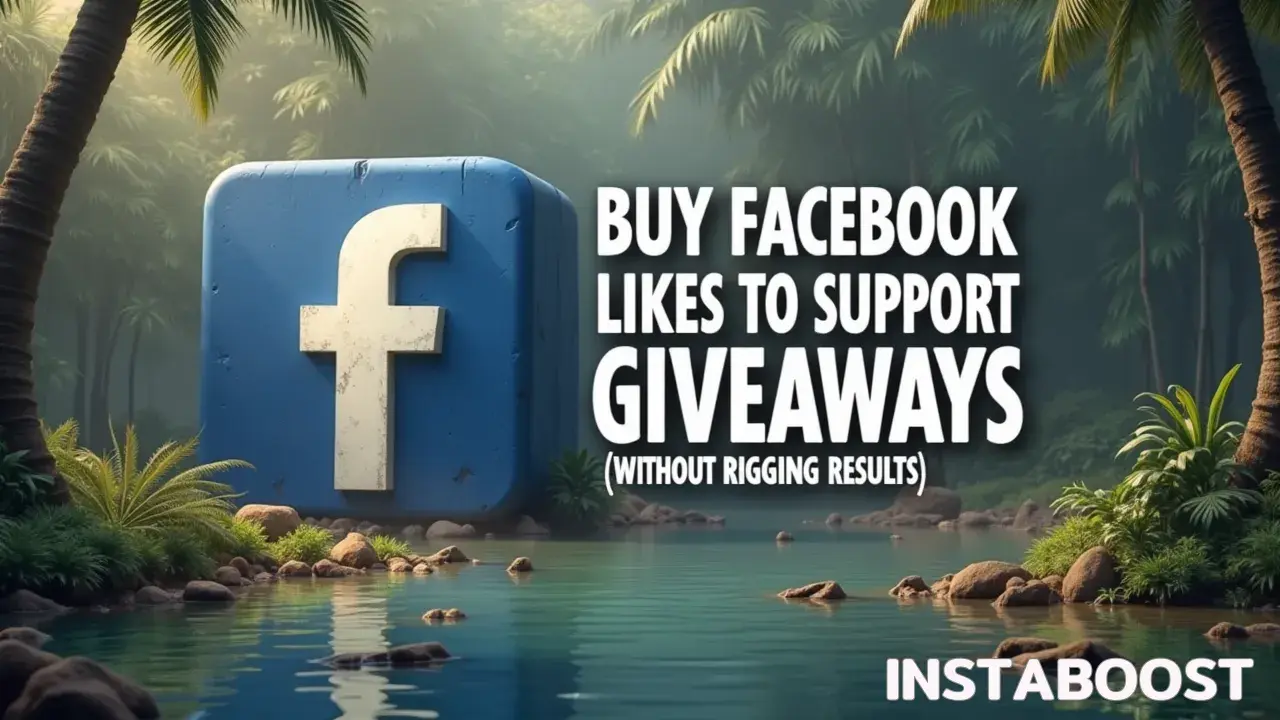Should You Buy Facebook Likes To Support Giveaways (Without Rigging Results)?
Buying Facebook likes can amplify visibility for a giveaway when used to spark initial interest rather than to influence outcomes. The key is separating paid reach from entry or winner selection criteria so results remain unaffected. Clear disclosure and consistent rules help maintain transparency and trust while expanding audience size. A smart path focuses on boosting awareness early, then measuring organic engagement and qualified entries to gauge true impact.
Rethinking Facebook Likes for Fair, Impactful Giveaways
Running a Facebook giveaway can be a bit of a balancing act. You want the event to get plenty of attention, but you also want to keep things fair and above board. I know a lot of people wonder if it might help to buy some Facebook likes to give the contest a little push.
There’s a worry, of course, that it could look shady or throw off the fairness of the whole thing. The truth is, when it’s done carefully, buying likes can actually be helpful. It’s not about tipping the scales or trying to pull one over on anyone – it’s more about understanding how Facebook’s system works.
There’s a worry, of course, that it could look shady or throw off the fairness of the whole thing. The truth is, when it’s done carefully, buying likes can actually be helpful. It’s not about tipping the scales or trying to pull one over on anyone – it’s more about understanding how Facebook’s system works.
When a post starts getting more likes, even if some of them are paid for, the algorithm notices and ends up showing your giveaway to more people. That means your post reaches more of your actual audience, and they get a real chance to participate. Buying likes is just one Facebook strategy for fast results, and the key is that these bought likes aren’t connected to who can enter or win, so they don’t interfere with the outcome.
If you keep things clear in your rules and you’re upfront about how winners are chosen, it doesn’t have to be a big deal. Buying a few likes can help get the ball rolling, but the real engagement – people actually joining your giveaway – still comes from your own community noticing what you’re doing.
If you keep things clear in your rules and you’re upfront about how winners are chosen, it doesn’t have to be a big deal. Buying a few likes can help get the ball rolling, but the real engagement – people actually joining your giveaway – still comes from your own community noticing what you’re doing.

Why Bought Likes Don’t Tip the Scales – But Do Build Trust
When I tried this, it didn’t work out the way I pictured at all. I’d worried that buying Facebook likes to give my giveaway a push would come across as shady or make things seem unfair. But what actually happened caught me off guard.
Those first likes didn’t tip the scales or mess with the contest – they made the whole thing look more legitimate to anyone who happened to see it. People on Facebook tend to notice posts that already have some attention; it’s just how things seem to go. After that first wave of likes, more people started sharing the giveaway, and suddenly I was hearing from real, interested folks – not random accounts that popped up out of nowhere. I started to realize that buying a handful of likes, at the right time, can work as a kind of signal. It tells others the event is worth checking out, not because you’re faking anything, but because people want to join something that looks active.
I guess it’s a bit like when people buy Facebook followers just to get their page past that awkward zero. It’s not the same as buying fake engagement or trying to influence who wins. If anything, those likes drew in genuine interest from the people I actually wanted to reach, and the contest carried on without any interference. So, if you’re thinking about buying some Facebook likes to kick things off, I wouldn’t call it cheating. It’s more about giving your giveaway a chance to grow on its own, as long as you use it thoughtfully, and don’t let that be the whole plan.
Strategic Subtlety: Using Bought Likes to Spark Engagement
Sometimes the most effective choices are the ones that don’t draw any attention. With something like a Facebook giveaway, for instance, quietly buying a handful of likes on your contest post isn’t really about tricking anyone. It’s more about helping your post look a bit more inviting at the start. Both the Facebook algorithm and regular folks notice posts that already have some activity. If a giveaway post goes up and stays stuck at zero likes or comments, people tend to scroll right past, even if the prize is something they’d want.
But when a post has a few likes, it can make the whole thing seem more active and worth a second look. There are plenty of sites out there where you can buy Facebook likes, but the point isn’t to buy a mountain of fake likes – that’s obvious and usually does more harm than good. It’s more about giving things a small push so the first real people who see the post feel comfortable joining in. After that, real engagement usually picks up on its own. A modest number of likes can be enough to help the post get a bit of momentum, and from there, you’re relying on actual interest. If you’re careful and don’t go overboard, you can work with how Facebook’s system is set up, without stepping over any ethical lines. People are more likely to take part in something when they see that others already have, as long as it feels believable and not forced.
The Illusion of Influence vs. Real Engagement
I’ve felt burnout, and it honestly feels like you’re putting in a lot of effort for very little in return. Running a giveaway on Facebook can be frustrating, especially at first, when it seems like every like takes forever to show up. Buying Facebook likes isn’t really about cheating or trying to pull one over on anyone. It’s more about getting through that slow, discouraging start and giving your post enough visibility so that people actually see it. There are people who try all sorts of little shortcuts – some even buy Facebook views for instant exposure – but it’s worth keeping in mind that those paid likes don’t mean you’ll get comments or shares, or that people will actually care about what you’re doing.
Facebook’s algorithm cares about real involvement, not just how many people clicked a button. If you’re worried about whether buying likes is crossing a line, the truth is, the only thing that really matters is whether people genuinely want to join in. Those likes you buy might help you avoid feeling like you’re talking to a wall, but they don’t do the real work for you. You still need to make a post that stands out – something clear, maybe with a good photo or a straightforward message. What actually works is real people noticing, responding, and feeling interested. Buying likes can help you get going, but the real test is whether anyone wants to stick around once the giveaway ends.
Letting Organic Momentum Take Over
To be honest, it didn’t feel much like guidance – it was more like hitting a wall. Once you’ve given your post that initial push by buying a few Facebook likes, it’s important to let those step back and make space for real people to join in. The real purpose of those paid likes isn't the numbers themselves, but the way they make your giveaway post look a bit more lively, so folks who might otherwise scroll right by actually stop and notice.
If you’ve ever tried running a giveaway and watched it go nowhere, you probably know how frustrating that can get. A handful of likes at the beginning can help your post get moving, but after that, it really is about your actual audience. There’s a point where you need to hold off – chasing too many fake likes can start to look suspicious, and then you end up hurting real engagement. It makes more sense to focus on getting people to leave real comments, replying to everyone who takes part, and putting some time into graphics that actually make people stop and pay attention. Sometimes it helps to use a simple prompt – something that encourages people to share a thought or tag someone they know, and in some cases, your post might even get discovered with shared content.
Over time, you’ll probably notice those early paid likes don’t matter much anymore, and what stands out is the real interest you’ve managed to build. That’s when your giveaway post becomes something people actually want to talk about or share on their own. Buying likes isn’t really about pretending you’ve made it; it’s a way to help your post get seen so your real community can pick up from there.
Designing Giveaway Graphics That Spark Real Interaction
Once you’ve put a bit of a boost behind your Facebook giveaway post, it’s worth looking closely at the image you’re using. The picture isn’t just there to fill space – it’s the first thing people notice as they scroll, sometimes deciding in a split second whether to stop or keep going. If your graphic looks well made, people can tell you put some effort into it, and that goes a long way in making your giveaway seem real and worth paying attention to. Things like picking clear colors, making any text easy to read, and giving specific directions – like “Comment your favorite” or “Tag a friend to enter” – help people figure out what to do without having to think too hard about it.
It also helps when the image relates to the prize or fits the theme, because that tends to make people stop for a second and take a closer look. There’s something about seeing a friendly face, a strong contrast, or even a photo that feels connected to real life – it gets our attention in a different way. I’ve noticed that if you increase reactions on Facebook fast, it’s just the spark; what happens after, when people start commenting or tagging friends because they’re genuinely interested, is where things really start to matter. So if you’re hoping your giveaway feels fair and real, it’s worth spending the time to choose visuals that feel honest and clear. Sometimes that’s what makes the difference between a post people forget and one they actually want to join.















